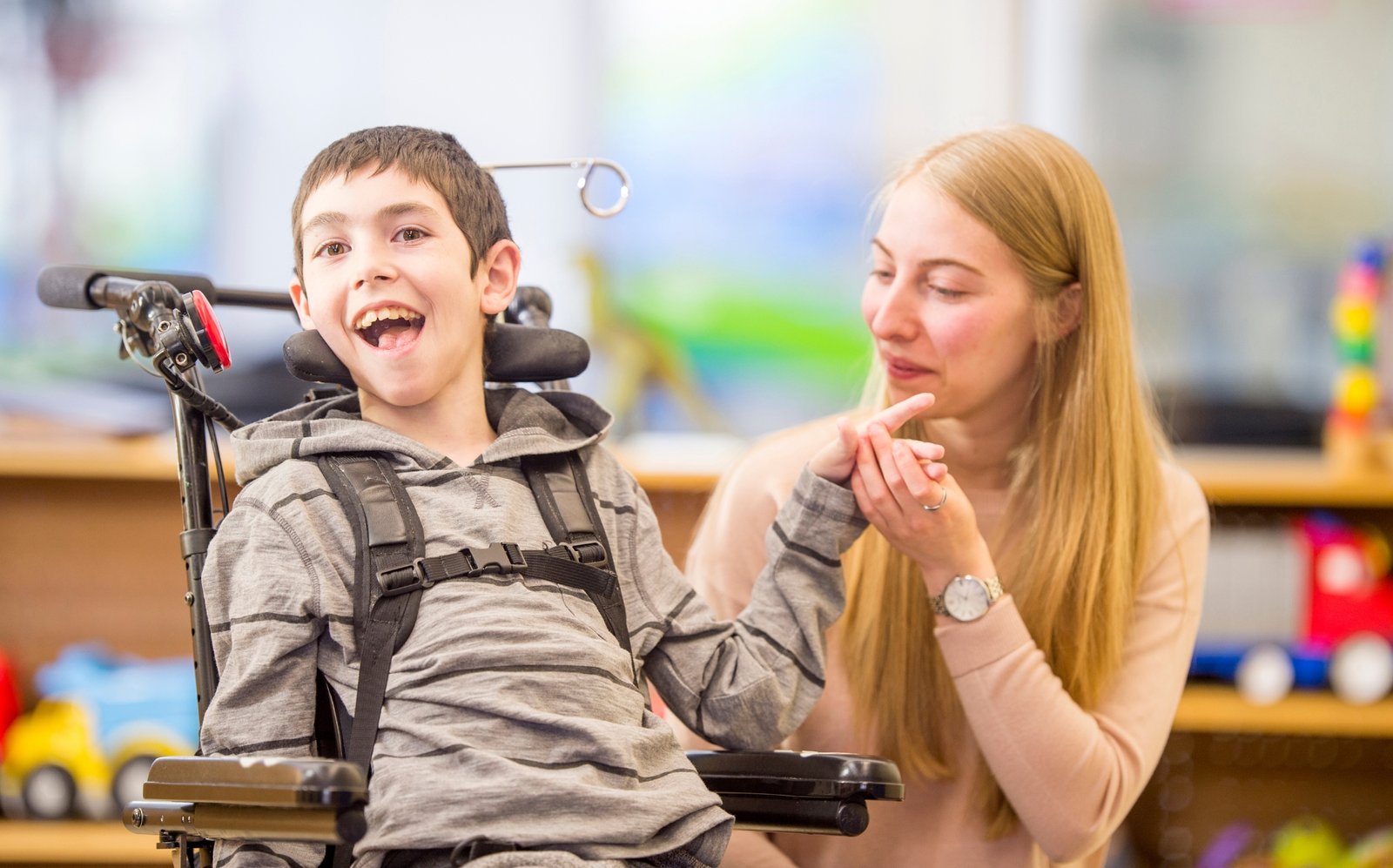
Overcoming Dyslexia: Strategies to Enhance Reading Skills
Dyslexia, a neurodevelopmental disorder affecting reading and language processing, poses significant challenges for individuals striving to acquire proficient reading skills. However, with the right strategies and interventions, individuals with dyslexia can overcome these obstacles and enhance their reading abilities. This essay delves into the multifaceted nature of dyslexia and presents a comprehensive overview of effective strategies that can be employed to foster reading skills in individuals with dyslexia.
Understanding Dyslexia: A Multidimensional Challenge
Dyslexia is a complex condition characterized by difficulties in accurate and fluent word recognition, poor spelling, and decoding abilities. Despite having normal intelligence and access to adequate instruction, individuals with dyslexia often struggle to read proficiently. This condition has its roots in neurobiological differences in brain structure and function, particularly in areas responsible for processing language. The multifaceted nature of dyslexia requires a tailored approach to address its various components.
Dyslexia is a complex and multifaceted learning disorder that affects the acquisition of reading, writing, and spelling skills, despite adequate intelligence and educational opportunities. It is crucial to recognize that dyslexia goes beyond simply reversing letters or numbers, as it involves difficulties in phonological processing, which is the ability to connect sounds with their corresponding symbols. This disorder is not related to visual or intellectual impairment; rather, it is rooted in the brain’s linguistic processing areas.
The neurological basis of dyslexia highlights the multidimensional challenge it poses. Functional magnetic resonance imaging (fMRI) studies have revealed differences in brain activation patterns between individuals with dyslexia and those without. The areas responsible for processing language, such as the left hemisphere’s Broca’s and Wernicke’s areas, show distinct patterns of activation in people with dyslexia. These differences underline the need to view dyslexia as a complex interplay of neural circuits, rather than a simple deficiency.
Moreover, the challenges of dyslexia extend beyond the academic realm. Individuals with dyslexia often face emotional and psychological struggles due to the frustration and low self-esteem resulting from persistent difficulties in reading and writing. As a result, they might develop anxiety around tasks that involve reading and writing, hindering their overall learning experience and personal development. Addressing these emotional aspects is a vital part of understanding the full scope of dyslexia and providing effective support.
In the classroom, teachers and educators play a crucial role in recognizing and accommodating students with dyslexia. An inclusive and supportive learning environment can make a significant difference for these students. Implementing strategies like multisensory teaching techniques, providing extra time for assignments and tests, and offering assistive technologies can help individuals with dyslexia navigate their challenges effectively. It’s essential to focus on their strengths while addressing their specific needs, fostering a sense of accomplishment and boosting their self-confidence.
Early Intervention: Building Strong Foundations
One of the most effective ways to enhance reading skills in individuals with dyslexia is through early intervention. Identifying signs of dyslexia at a young age can enable educators and parents to provide targeted support. Evidence suggests that early intervention, such as structured phonological awareness training, can significantly improve reading outcomes. Phonological awareness involves recognizing and manipulating the sounds in spoken language, which forms the basis for understanding the relationships between sounds and letters in written language.
Multisensory Learning: Engaging All Senses
Incorporating multisensory learning techniques into reading instruction can greatly benefit individuals with dyslexia. Multisensory approaches engage multiple sensory pathways, such as visual, auditory, and kinesthetic, to reinforce learning. For example, the Orton-Gillingham approach combines auditory, visual, and tactile strategies to teach reading and spelling. By appealing to various senses, these approaches accommodate diverse learning styles and help solidify the connections between letters and sounds.
Structured Literacy Programs: Systematic and Explicit Instruction
Structured literacy programs provide systematic and explicit instruction in phonological awareness, phonics, vocabulary, fluency, and comprehension. These programs break down the reading process into manageable components, enabling individuals with dyslexia to grasp the underlying rules and structures of language. Wilson Reading System and Barton Reading & Spelling System are examples of structured literacy programs that have proven effective in improving reading skills for individuals with dyslexia.
Assistive Technology: Bridging the Gap
Advancements in technology have opened new avenues for individuals with dyslexia to overcome reading challenges. Assistive technology tools, such as text-to-speech software and speech recognition apps, can provide real-time support while reading and writing. These tools reduce the cognitive load associated with decoding and spelling, allowing individuals with dyslexia to focus on comprehension and content. Moreover, e-books and digital platforms offer customizable fonts, background colors, and layouts to enhance readability.
Personalized Learning: Tailoring Instruction to Individual Needs
Recognizing that each individual with dyslexia has unique strengths and weaknesses, personalized learning approaches can prove highly effective. By identifying specific areas of difficulty, educators can tailor instruction to address individual needs. For example, if a student struggles with phonemic awareness, targeted exercises can be designed to strengthen this skill. This approach ensures that learners receive the right support in the areas that require improvement, fostering a sense of accomplishment and progress.
Building Confidence and Motivation: Cultivating a Positive Reading Experience
Overcoming dyslexia is not only about acquiring reading skills; it’s also about fostering a positive attitude toward reading. Individuals with dyslexia often experience frustration and low self-esteem due to their struggles with reading. Encouragement, praise, and creating a safe and supportive learning environment are essential in building confidence. Additionally, offering reading material that aligns with the individual’s interests can motivate them to engage with text and develop a genuine passion for reading.
Supportive Home Environment: Extending Learning Beyond School
The role of parents and caregivers is pivotal in helping individuals with dyslexia overcome reading challenges. Creating a supportive home environment involves engaging in regular reading activities, offering assistance with homework, and maintaining open communication with educators. Reading aloud together, discussing stories, and providing access to audiobooks can enrich the reading experience outside of school, reinforcing the skills learned in structured instruction.
Teacher Training and Awareness: Empowering Educators
Equipping educators with the knowledge and tools to effectively teach individuals with dyslexia is crucial. Professional development opportunities that focus on understanding dyslexia, recognizing its signs, and implementing evidence-based strategies can empower teachers to make a lasting impact. Inclusive classroom practices that accommodate diverse learning needs create a more equitable educational environment where all students, including those with dyslexia, can thrive.
Conclusion
Overcoming dyslexia and enhancing reading skills requires a multifaceted approach that combines early intervention, multisensory learning, structured literacy programs, assistive technology, personalized instruction, and a positive learning environment. By tailoring strategies to address the specific needs of individuals with dyslexia, educators, parents, and caregivers can provide the support necessary for them to build strong reading foundations, develop confidence, and cultivate a lifelong love for reading. With the right combination of strategies and unwavering support, individuals with dyslexia can transcend the challenges posed by this condition and unlock their full potential in the realm of reading and language.



